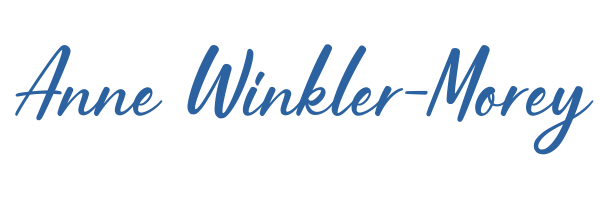 A 2021 article described local efforts to uncover Black history and revive historic African American neighborhoods in Daytona Beach. In it was a photograph attributed to Gordon Parks, and originating from the Halifax Historical Museum. I wanted to see the photograph at the museum.
A 2021 article described local efforts to uncover Black history and revive historic African American neighborhoods in Daytona Beach. In it was a photograph attributed to Gordon Parks, and originating from the Halifax Historical Museum. I wanted to see the photograph at the museum.
After we paid our $10 per person entrance fee the docent began telling us the history of the Halifax museum. (It used to be housed in a building they bought from Fulgencio Batista, one of two homes the Cuban Dictator owned in Daytona.) He then described the exhibits we could see – a historical timeline, a room dedicated to wars, another to speed car racing, an exhibit of old toys for the Christmas season, a miniature display of Daytona Beach Boardwalk circa 1950…
I interrupted and asked him about the Gordon Parks photo. I referred to the 2021 article in the Daytona Beach News Journal that included photos by the famous photographer, and identified one as coming from the Halifax Museum.
I have always liked history museum docents, even when they have different artifact priorities from mine. I admire the care they provide for the past. My nephew is a history tour guide at the Naval Academy in Maryland. After talking to him I have a greater appreciation for conundrum facing a docent who strives to fill the absences— i.e. the stories and perspectives of everyone not white, male, or elite — while keeping their jobs.
The docent of the Halifax Museum was engaging, kind, eager to help, and talkative. He grew up in Michigan, came to Daytona when he retired and was hired here a year ago to be assistant manager of the museum. His tenure coincided with a new director of the museum.
He knew nothing about the Gordon Parks photo. After I asked, his spiel changed, telling us in a hushed tone (though we were the only visitors to the museum) that the Black community of Daytona have been urging them to include their stories, and that the former Director did a shameful job of erasing Black history.
“A painting of Mary McCloud Bethune lay crooked on the wall for 15 years until, three days ago, when I moved the entire Boardwalk display, got up there and fixed it. Now Mother Mary is where she should be,” he said.
He went back into the archive room to look for the the Gordon Parks photo, returning a few minutes later with a three-ring binder labeled “Black History.” In it were these photos, some with labels, but almost none with dates, and none with the photographer’s name. On top was the photo the newspaper printed and identified as a photo by Gordon Parks. He allowed me to take them out and photograph them. He said, “I will now keep these out on the table for people to see.”
Bottom photo is the one the newspaper attributed to Parks.



++++++++++++++++++++++++++++++++++
The rest of the museum was an unsurprising disappointment. The chronological display of Daytona History was disturbing in a typical yet distressing way, The one panel on Indigenous people included some arrowheads and a three-ring binder with a PowerPoint and drawings of a European who depicted alligators with ears and eyebrows. ‘The Timucua people were nearly wiped out’ – the narrative reads, by “other Native tribes, European diseases, and the Spaniards, who reduced the few remaining Timucuan Indians to servility.”
“After the disappearance of the larger Timucuan tribes in the 18th century, Native Americans from Georgia and Alabama including the Creek [Muscogee] and Appalachee [Apalachee] tribes, pushed south [who pushed and how?] into Florida to merge with residual Timucuan and former Black slaves. They became known as the Seminoles.”
Europeans—Spaniards, Brits and the French — get their panels behind glass with a page of narration. Indigenous people are mentioned in these panels in one-word descriptions: marauders, hostile, peaceful. The panel on the Civil War has no narration. We see a Confederate flag and a US flag. There is a photo of Robert E Lee that has a biography at the bottom.We learn that he fought in the U.S. Mexican War and rose in the ranks, not leaving the US military until 1861. A photo of Abraham Lincoln has no biography. We see Confederate money. There is no discussion of how the war affected African Americans in the aftermath of the war in the eras of Reconstruction and Jim Crow.
What are we visitors to the museum to make of these glaring absences? If you can’t avoid controversy, stay silent? If you can’t say something good, don’t say anything?The Halifax Historical Museum is busy with artifacts and full of absences. It is not just the missing content, but also how the museum presents material, that shows bias and lack of respect to Black and Indigenous people. I wish the new administration energy, inspiration, and a willingness to listen to community, as they move to fill them.
